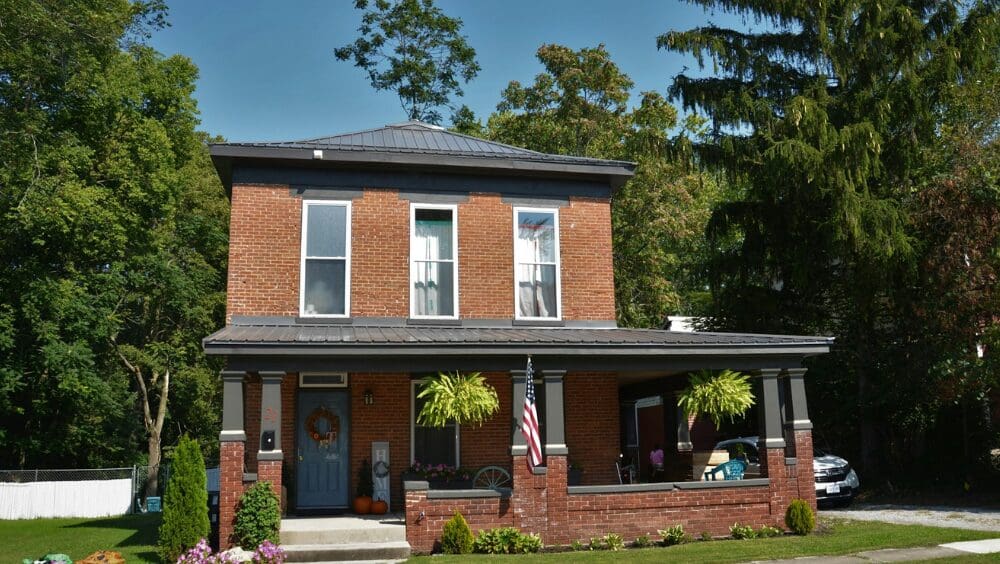
Navigating the real estate market in Oregon can often feel like a high-stakes balancing act, especially when you’re caught in the dilemma of selling your current home while eyeing your next dream house. For many homeowners, timing the sale and purchase perfectly is a challenging puzzle, made even more complex in a market where inventory is low and prices are high. You might think your only option is to sell, vacate, and temporarily relocate while you search for a new home. But there’s a more streamlined solution that might just fit your needs: a bridge loan. A bridge loan offers a practical way to leverage the equity in your current home, providing financial flexibility. This guide will explore how bridge loans work in Oregon, weighing their benefits and drawbacks, and offering insight into modern solutions for the buy-before-you-sell conundrum. A bridge loan is essentially a financial tool designed to make your journey from one home to another smoother and faster. It’s a short-term loan that taps into the equity of your current home, providing you with the necessary funds to make a down payment or cover closing costs on your new property in Oregon, even before your old home is sold. Picture a bridge loan as your personal financial bridge. It elegantly connects the sale of your existing home with the purchase of your new one. Typically, a bridge loan has a lifespan of six months to a year, though some lenders may offer more flexible terms based on your financial situation. Due to their temporary nature and the risk involved, bridge loans generally carry slightly higher interest rates compared to traditional mortgages. Imagine you’re eyeing a charming house in Oregon, but the sale of your current home is still pending. In such a scenario, a bridge loan acts as a temporary lifeline, ensuring you don’t miss out on your ideal property due to timing issues. Many lenders in Oregon, especially those offering your new mortgage, can also provide a bridge loan. They usually require that your current home is actively listed for sale. An important factor in this process is your debt-to-income ratio (DTI). Lenders will calculate this by considering your existing mortgage, the mortgage on your new Oregon home, and the interest-only payment on the bridge loan. However, if your current home is under contract and the buyer’s financing is secure, some lenders might only factor in the mortgage of your new home. In Oregon, bridge loans come with several advantages that can enhance your flexibility and ease during the home-buying process. These benefits position a bridge loan as a strategic choice for Oregon homeowners who need a financial bridge before they can sell their current property. While bridge loans can be incredibly helpful, it’s important to consider their potential drawbacks before deciding if one is right for you: It’s crucial to weigh these factors against your financial situation and goals before pursuing a bridge loan.What is a bridge loan, in simple words?
How does a bridge loan work in Oregon?
What are the benefits of a bridge loan in Oregon?
What are the drawbacks of a bridge loan?



